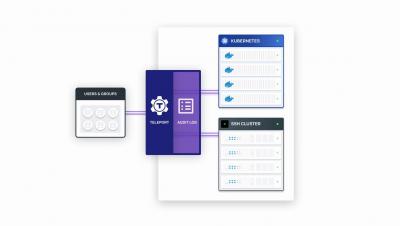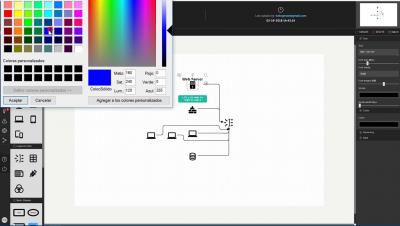Security | Threat Detection | Cyberattacks | DevSecOps | Compliance
opsdemon
Latest posts
Sustaining SOX Compliance Through Automation
Complete Guide to Container Security
Why Your SOC Needs More Than a SIEM Tool
Cybercrime is becoming more sophisticated by the day. Meanwhile, the price for a breach due to damage and disruption, ransom payments and regulatory fines, is increasing. No wonder there’s more of a need than ever for companies to set up a dedicated SOC using SIEM to identify threats and raise the alarm. But is that enough to fight the hackers?
Exposing the common flaws penetration testers always see
We live in an age where cyber security threats are (or at least should be) at the forefront of everyone’s mind. Very recently, British Airways suffered a huge security breach that led to over 300,000 payment cards being compromised, showing that even the big players can still get hacked if they’re not 100% vigilant.
Teleport 3.0 Demo
Using Devo Panels
Encryption by Boxcryptor - Strong Security for the Cloud
The cloud enables teams to collaborate on shared files from anywhere in the world. Whether hosted internally or through a third-party provider, the cloud may very well be one of the biggest collaborative resources to date. Unfortunately, greater accessibility means an increased risk of data loss or theft. For some enterprises, this is a worst-case scenario.
Ten Cool Things Logsign SIEM Does
Easy deployment, an interface to be used intuitively and easily and a rule-based alert, bucket, dashboard and reports are the factors creating the simplicity mindset behind Logsign, who believes in “Simplicity is the ultimate sophistication”. The user interface used for the SOC teams’ threat and anomaly analysis has been designed in order to be understood easily and simply.
Clarity on PCI Compliance
What to Do and What to Avoid When Implementing Security in the DevOps Lifecycle
DevOps is redefining the way organizations handle software development. But it’s also challenging security professionals in their efforts to manage digital risk. With that said, there are security teams need to be strategic about how they approach DevOps security. Here are some expert recommendations on what to do and what to avoid when implementing security in the DevOps lifecycle.










